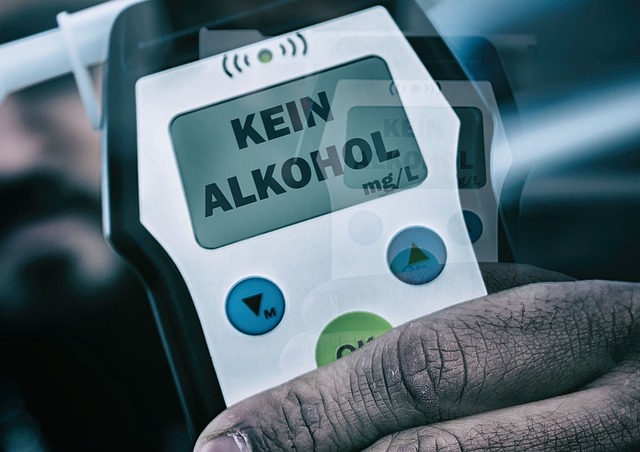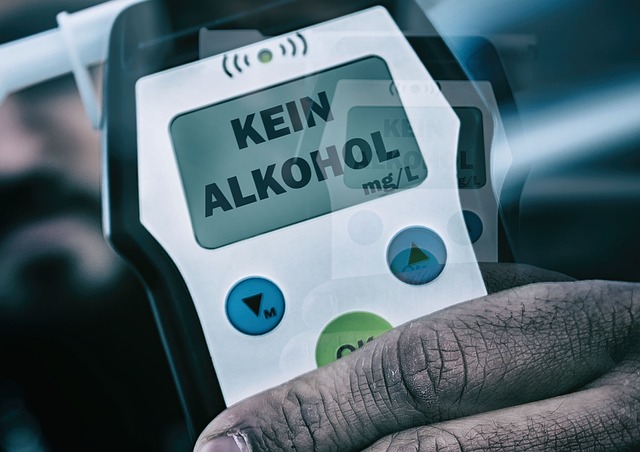College campuses combat growing DUI incidents involving pedestrians through multi-faceted strategies. These include stringent laws, enhanced police presence, physical safety improvements, public education on impaired driving dangers, and collaborative law enforcement efforts. Key initiatives focus on peer awareness, responsible drinking, and accessible design to create a culture prioritizing both fun and safety for all students, ensuring safer streets and communities.
Pedestrians’ rights and safe streets are paramount, especially on bustling college campuses. With a focus on College Campus DUI prevention, this article delves into crucial aspects of enhancing pedestrian safety. We explore strategies such as understanding campus DUI risks, implementing robust safety measures, leveraging public education, and the vital role of law enforcement. Additionally, we discuss designing inclusive streets that prioritize walkers, ensuring a secure environment for all.
- Understanding College Campus DUI Risks
- Enhancing Pedestrian Safety Measures
- Public Education: Prevention Strategies
- Role of Law Enforcement in Protection
- Designing Safe Streets for Walkers
Understanding College Campus DUI Risks

College campuses across the nation have seen a rise in drunk driving incidents involving pedestrians, highlighting the urgent need for College Campus DUI prevention strategies. Students, often navigating new environments and social pressures, may be more susceptible to making risky decisions under the influence. With high-traffic areas, crowded walkways, and late-night activities, college campuses create unique challenges for pedestrian safety.
Understanding College Campus DUI risks is the first step towards creating safer spaces. Educational initiatives targeting peer awareness and responsible drinking can significantly reduce incidents. Additionally, implementing stringent campus policies, enhancing lighting in walkways, and increasing police presence can act as deterrents, fostering a culture that prioritizes both fun and safety for all students.
Enhancing Pedestrian Safety Measures

Creating safe streets for pedestrians is paramount, especially on college campuses where students often navigate between classes and social hubs. Enhancing pedestrian safety measures involves a multi-faceted approach. One crucial strategy is to strictly enforce laws against driving under the influence (DUI) to reduce the risk of accidents involving intoxicated drivers and unsuspecting pedestrians. Campus police can play a vital role in DUI prevention through regular patrols, utilizing advanced technology for enforcement, and conducting awareness campaigns to educate students about the dangers of impaired driving.
Additionally, physical changes to the street layout and infrastructure can significantly improve safety. This includes well-designed crosswalks, clearly marked pedestrian pathways, and speed bumps or traffic calming measures in areas with high foot traffic. Such modifications not only encourage drivers to reduce speed but also make it easier for pedestrians to cross streets confidently. Furthermore, integrating accessible design principles ensures that all students, including those with disabilities, can navigate campus safely and independently.
Public Education: Prevention Strategies

Public education plays a pivotal role in advocating for pedestrians’ rights and creating safe streets, especially on college campuses where the risk of DUI-related incidents is heightened. By implementing prevention strategies through informative programs, students can be empowered to make safer choices. These educational initiatives should focus on raising awareness about pedestrian safety, including the dangers of driving under the influence and the importance of responsible behavior.
For instance, campus authorities can organize workshops, seminars, and interactive sessions that highlight real-life stories of pedestrians affected by DUI incidents. Such narratives can serve as powerful deterrents, motivating students to adopt safe walking habits. Additionally, providing practical tips on identifying unsafe areas, using designated crosswalks, and understanding local laws regarding pedestrian rights can significantly contribute to preventing accidents and ensuring a more secure environment for all campus dwellers.
Role of Law Enforcement in Protection

Law enforcement plays a pivotal role in ensuring pedestrians’ safety on college campuses, especially regarding DUI (Driving Under the Influence) prevention. Police officers are tasked with patrolling campus areas to deter and identify potential drunk driving incidents. Their presence acts as a powerful deterrent, making drivers more cautious and aware of the consequences. During events or late-night hours when pedestrian activity peaks, increased police visibility can significantly reduce risky behaviors.
Moreover, law enforcement agencies collaborate with campus communities to educate students about responsible drinking and the importance of safe walking practices. They organize campaigns, conduct awareness programs, and provide resources to help students make informed decisions. By combining proactive enforcement and educational initiatives, law enforcement agencies contribute to creating a safer environment, fostering a culture where pedestrians’ rights are respected, and everyone can enjoy a campus life free from potential DUI-related hazards.
Designing Safe Streets for Walkers

Creating safe streets for pedestrians is an essential aspect of urban planning, especially on college campuses where students often navigate bustling environments. Designing roads and sidewalks with walkers’ needs in mind can significantly reduce accidents and enhance overall safety. This includes implementing dedicated pedestrian crossings, well-lit pathways, and clear signage to guide both foot traffic and drivers.
Additionally, campus authorities can play a pivotal role in DUI (Drunk Driving Under the Influence) prevention by ensuring that safe walking routes are accessible and visible. Strategically placing security cameras and increasing police patrols along these routes can deter potential impaired drivers from endangering pedestrians. By combining thoughtful street design with robust safety measures, college campuses can foster an environment where students feel secure while strolling to classes or social gatherings, ultimately contributing to a healthier and more vibrant community.
Pedestrians’ rights and safe streets are paramount, especially on college campuses where awareness of DUI risks and enhanced pedestrian safety measures can significantly reduce accidents. Public education plays a crucial role in prevention strategies, empowering students to make informed decisions. Law enforcement agencies have a vital task in protecting walkers, while designing safe street infrastructure specifically caters to the needs of those who travel on foot. By combining these efforts, we can create a more secure environment for pedestrians and effectively prevent College Campus DUI incidents.






